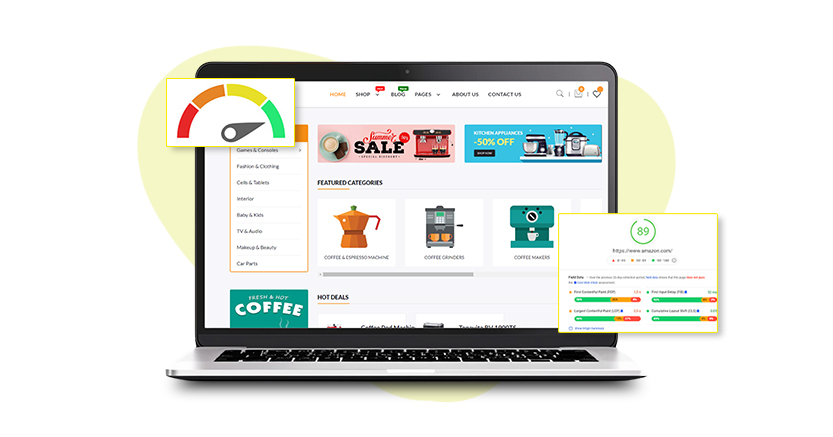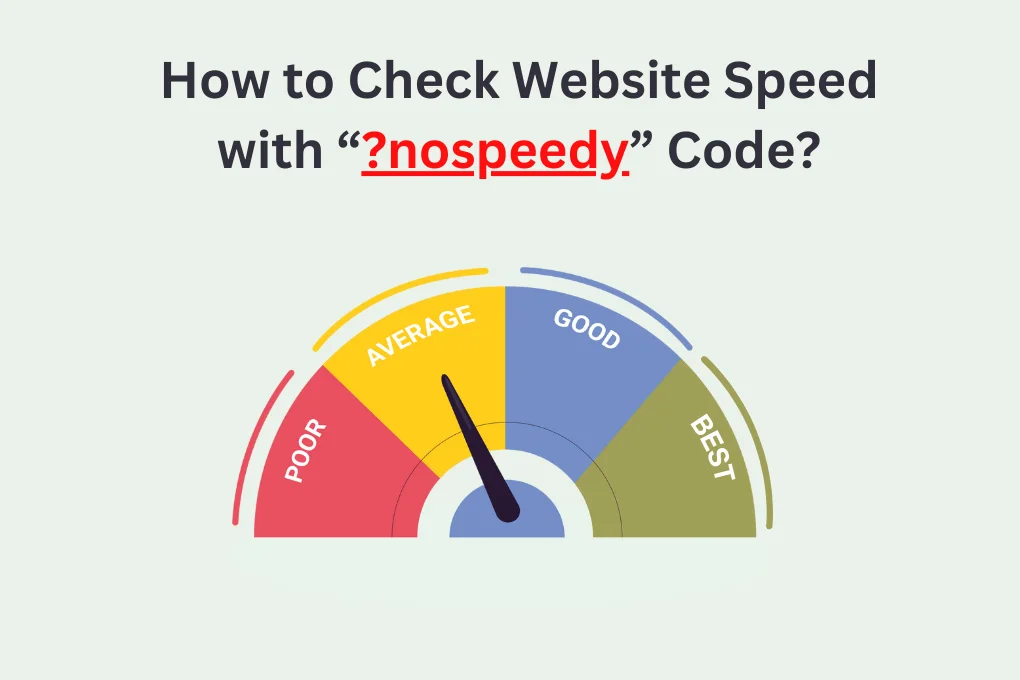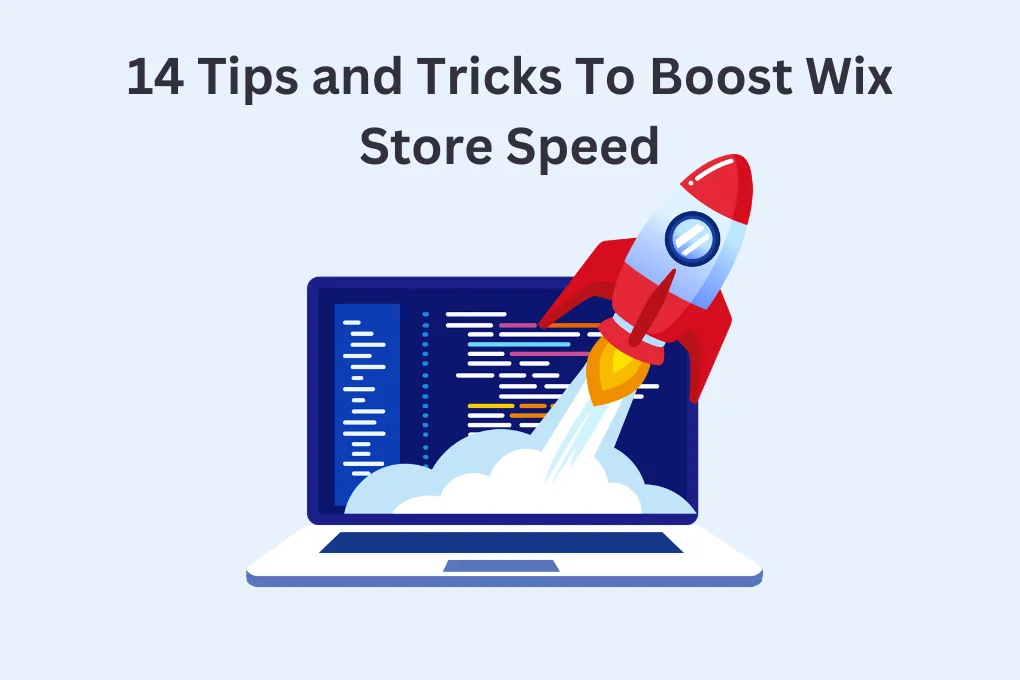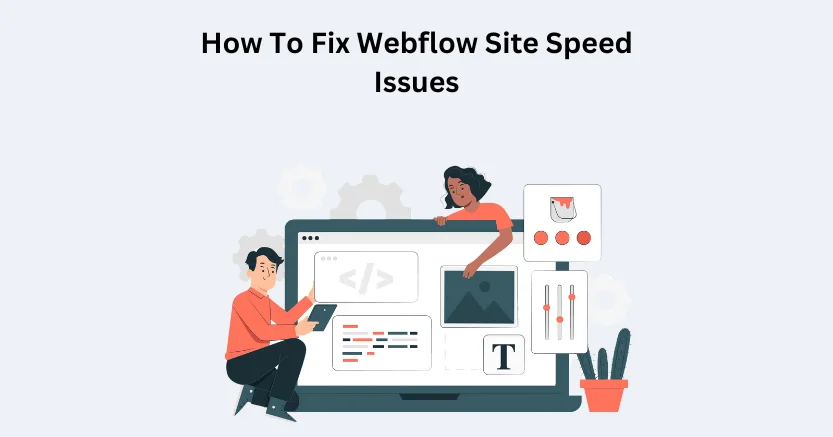Introduction
In the fast-paced world of e-commerce, where every second counts, ensuring that your Shopify store performs optimally is crucial. Shopify Performance Optimization is not just about faster loading times; it’s about providing a seamless user experience that keeps customers engaged and drives conversions. In this comprehensive guide, we’ll explore the best practices for optimizing your Shopify store, ensuring it runs smoothly and efficiently, leading to increased sales and customer satisfaction.
Why Shopify Performance Optimization Matters
Shopify Performance Optimization is critical for several reasons. First, the speed of your website directly impacts user experience. Studies show that if a website takes longer than three seconds to load, over 40% of visitors will abandon it. This bounce rate can significantly impact your conversion rates, customer retention, and overall revenue. Furthermore, Google uses page speed as a ranking factor, meaning that a slow website could hurt your search engine rankings. Therefore, optimizing your Shopify store is not just about making it faster; it’s about ensuring it performs well in every aspect, from user experience to search engine optimization (SEO).
Best Practices for Shopify Store Speed Optimization
1. Minimize HTTP Requests
Every time a user visits your store, their browser makes multiple HTTP requests to load different elements like images, stylesheets, and scripts. The more requests, the longer it takes to load your page. By reducing the number of these requests, you can significantly speed up your Shopify store.
2. Optimize Images
Images are one of the most significant contributors to page load times. By compressing images without losing quality, you can reduce their size and, consequently, the load time of your pages. Tools like Website Speedy specialize in image optimization, ensuring that your images are as lightweight as possible while still looking great.
3. Enable Lazy Loading
Lazy loading is a technique where images and other media are only loaded when they appear in the user’s viewport. This means that images below the fold (not immediately visible) are not loaded until the user scrolls down, reducing the initial load time.
Easily Boost Shopify Performance with Website Speedy
Boost Shopify Performance Now4. Eliminate Render-Blocking Resources
Render-blocking resources, such as JavaScript and CSS files, can delay the rendering of your web pages. You can see improvement in your Shopify Store Speed Optimization efforts by eliminating render-blocking resources or loading them asynchronously.
5. Reduce Initial Server Response Time
The time it takes for your server to respond to a request plays a significant role in your site’s overall performance. By reducing the initial server response time, you can ensure that your Shopify store loads faster for all users.
6. Use a Content Delivery Network (CDN)
A CDN distributes your website’s content across multiple servers worldwide, allowing users to load your site from a server geographically closer to them. This reduces latency and load times, making your Shopify store faster for users globally.
7. Optimize Shopify Theme
Choosing a lightweight, well-coded Shopify theme is essential for website performance optimization. Avoid themes that come loaded with unnecessary features and scripts. Instead, opt for a theme that is designed with speed in mind, or consider customizing your existing theme to remove any bloat.
8. Minify CSS, JavaScript, and HTML
Minification involves removing unnecessary characters from your CSS, JavaScript, and HTML files, such as spaces and comments, to reduce their size. This can significantly decrease the load time of your Shopify store.
9. Implement AMP (Accelerated Mobile Pages)
AMP is a framework designed to make mobile pages load faster. By implementing AMP on your Shopify store, you can enhance the mobile shopping experience, leading to higher engagement and conversions.
10. Monitor and Optimize Performance Regularly
Optimization is not a one-time task. Regularly monitor your store’s performance using tools like Google PageSpeed Insights and Website Speedy, and make adjustments as needed. Keeping an eye on your performance metrics ensures that your Shopify store remains optimized over time.
Advanced Shopify Performance Optimization Techniques
11. Leverage Browser Caching
By enabling browser caching, you allow browsers to store static files like images and scripts, so they don’t need to be reloaded every time a user visits your site. This can significantly reduce load times for returning visitors.
12. Limit the Use of Third-Party Apps
While Shopify apps can add valuable functionality to your store, each one also adds additional code that can slow down your site. Limit your use of apps to only those that are essential for your store’s operation.

Want to read this blog offline?
No worries, download the PDF version now and enjoy your reading later…
 Download PDF
Download PDF
13. Implement Prefetching Techniques
Prefetching allows your website to anticipate which pages a user might visit next and load certain resources in advance. This can make the user experience feel faster and more responsive.
14. Optimize for Mobile
With a growing number of users shopping via mobile devices, optimizing your Shopify store for mobile performance is critical. Ensure that your mobile site is responsive, loads quickly, and offers a smooth user experience.
15. Use Shopify’s Built-In Performance Tools
Shopify offers several built-in tools and features designed to enhance store performance. Familiarize yourself with these tools and make the most of them to keep your store running efficiently.
How Website Speed Can Help in Shopify Performance Optimization
One of the most effective ways to enhance Shopify Performance Optimization is by focusing on website speed. A faster website not only improves the user experience but also boosts your SEO rankings, leading to more organic traffic. Tools like Website Speedy are essential for Shopify store speed optimization. Website Speedy is a powerful tool designed to optimize the speed of Shopify stores by implementing various techniques such as enabling lazy loading, eliminating render-blocking resources, reducing initial server response time, and optimizing images. By using Website Speedy, you can not only enhance your store’s performance but also fix Shopify core web vital issues, ensuring that your store meets Google’s performance benchmarks.
Conclusion
Shopify Performance Optimization is an essential aspect of running a successful e-commerce store. By focusing on best practices such as optimizing images, enabling lazy loading, eliminating render-blocking resources, and regularly monitoring your store’s performance, you can ensure that your Shopify store runs smoothly and efficiently. Tools like Website Speedy are invaluable for achieving optimal performance, fixing Shopify core web vital issues, and improving your store’s speed. Remember, a faster, more efficient store not only improves user experience but also boosts your SEO rankings, leading to more traffic and higher conversions.
Common FAQs About Shopify Performance Optimization
Q1. What is Shopify Performance Optimization?
A: Shopify Performance Optimization involves improving various aspects of a Shopify store to enhance its speed, responsiveness, and overall user experience. This includes optimizing images, reducing server response times, and eliminating unnecessary scripts.
Q2. How Can I Improve My Shopify Store Speed?
A: You can improve your Shopify store speed by optimizing images, minimizing HTTP requests, enabling lazy loading, and using a Content Delivery Network (CDN).
Q3. What Tools Can Help with Shopify Performance Optimization?
A: Tools like Google PageSpeed Insights, GTmetrix, and Website Speedy are great for monitoring and improving your Shopify store’s performance.
Q4. Why Is Website Speed Important for Shopify Stores?
A: Website speed is crucial for Shopify stores because it directly impacts user experience, SEO rankings, and conversion rates. A faster website leads to a better user experience, higher search engine rankings, and more sales.
Q5. How Often Should I Monitor My Shopify Store’s Performance?
A: You should regularly monitor your Shopify store’s performance, ideally at least once a month, to ensure it remains optimized and responsive. Regular monitoring allows you to identify and address any issues that may arise, keeping your store running smoothly.
August 21, 2024
Leave a Comment
















































